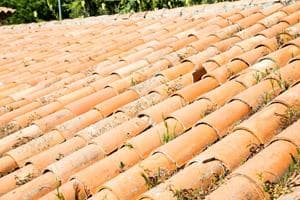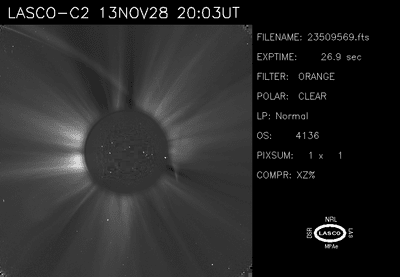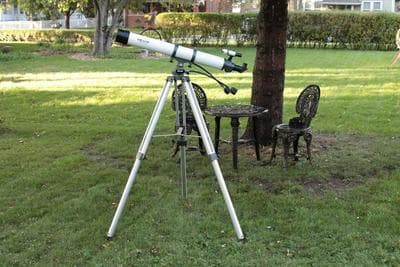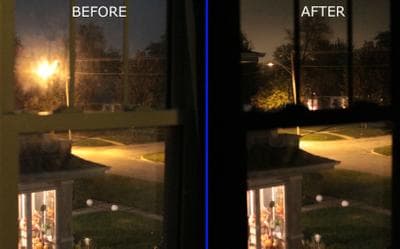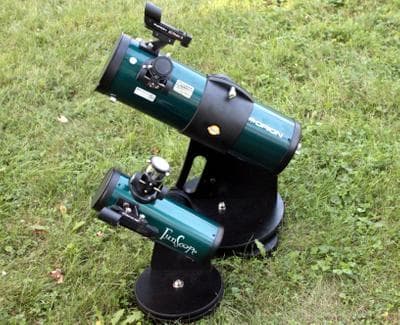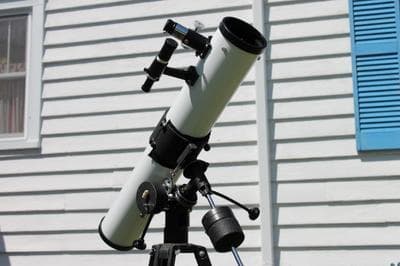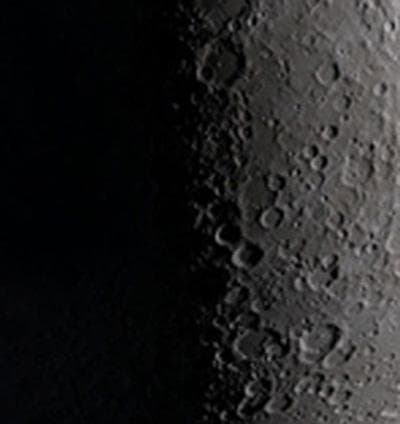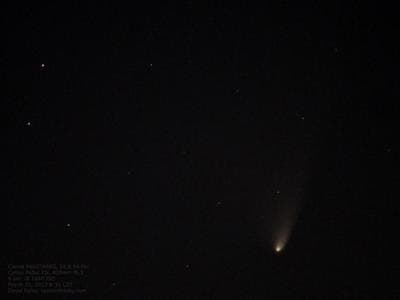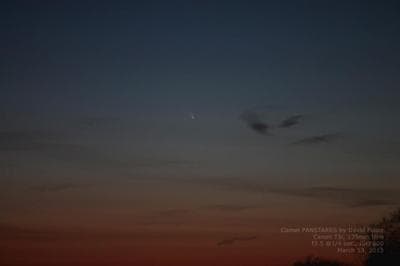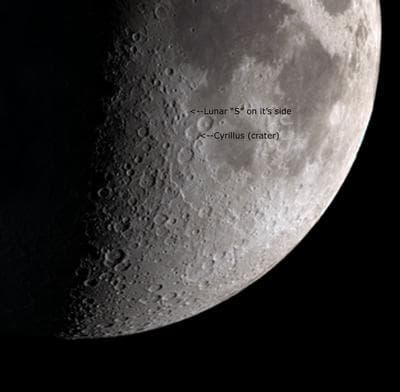
Eyes on the Sky
with David Fuller
with David Fuller
Astronomy Articles from 2013
When light is like a weed
David Fuller — 2013-12-20If a flowerbed has a tall clump of grass growing in it, then that grass is a weed, because it is a plant growing in an area where it is not wanted. Or, as shown here: Grass on a roof. Obviously, the grass is a weed. It is where it is unwanted. What does this have to do with light pollution? A lot, actually.Fire vs. ISON: Sun 1, ISON 0
David Fuller — 2013-11-28Comet ISON vs. the Sun. Well, how do you think that turned out? Icy little rock vs. hydrogen/helium nuclear fusion factory. Yeah... just like you might expect. But it's still cool to watch.Sol Food, October 28, 2013
David Fuller — 2013-10-28The Sun served up some amazing sunspots this day. And seeing how large some of them are compared to Earth? Mind boggling.A Meade 390 refractor gets resuscitated
David Fuller — 2013-10-28When I was younger, the Meade 390 refractor was a telescope I used to look at and drool over, wishing I could own one day. When I found one for sale online, I knew it would need some work. But that didn't deter me from capturing a bit of that nostalgia - and REALLY enjoying the results of what the telescope could show when spruced up.A (small) win for dark skies!
David Fuller — 2013-10-24Sometimes when life throws you "You can't do that," it winds up being good motivation to prove, "Oh, yes I CAN!" When badly shielded streetlights were shining into my daughters window, I not only set to work and got something accomplished, I learned some things to help others when they fight light pollution and light trespass too.It's time to stop telling first-time stargazers "Buy binoculars first"
David Fuller — 2013-10-22"Buy binoculars first" used to be good advice. A decent telescope was, in inflation-adjusted currency, a lot more expensive. Also, there were more valid uses for binoculars should the astronomy "bug" not bite. But that old advice is, well... old, because there are new options unavailable when the advise was first given.A telescope from scratch, out of spare parts
David Fuller — 2013-04-23I have had this 4.5" f/8 primary from Meridian Telescopes for quite a while (sadly not sold there anymore), and always planned to build a scope around it someday. I got around to doing something about it."Lunar X" visible tonight!
David Fuller — 2013-04-17The Lunar X is a feature that only appears for a few hours near a first quarter Moon. It is the tops of a few craters bathed in sunlight for a few hours, displaying a near-perfect "X" shape visible in telescopes.PANSTARRS high-tailing it
David Fuller — 2013-03-26Late last week I was able to get a few more pictures of Comet PANSTARRS. The one immediately below, taken by me, shows the comet on the 21st. I did a little processing, but not much - mostly just some contrast. However, as I was playing with the contrast, I notice something about the comet's tail. There's more there than meets the eye.Hop 1, 2, 3 for M67
David Fuller — 2013-03-25Messier 67 gets no respect. It's the smaller open cluster in Cancer the Crab, always overshadowed by the more impressive Messier 44 (clearly, as Charles Messier himself even wrote down the Beehive as an "object" to round out his initial list before ever spotting M67). But that doesn't mean it's not worth viewing.Comet PANSTARRS makes a point... the other way
David Fuller — 2013-03-20When comets orbit the sun, if they create a tail, it generally points away from the Sun. On March 13, I caught a picture of the comet, with it's ~1.5 degree tail aimed slightly towards the south. Last night the equation changed.The Lunar "S" feature
David Fuller — 2013-03-18The lunar "S" is a feature on the Moon visible at the right phase and time. It can be seen near some prominent craters. Here's where to look.
